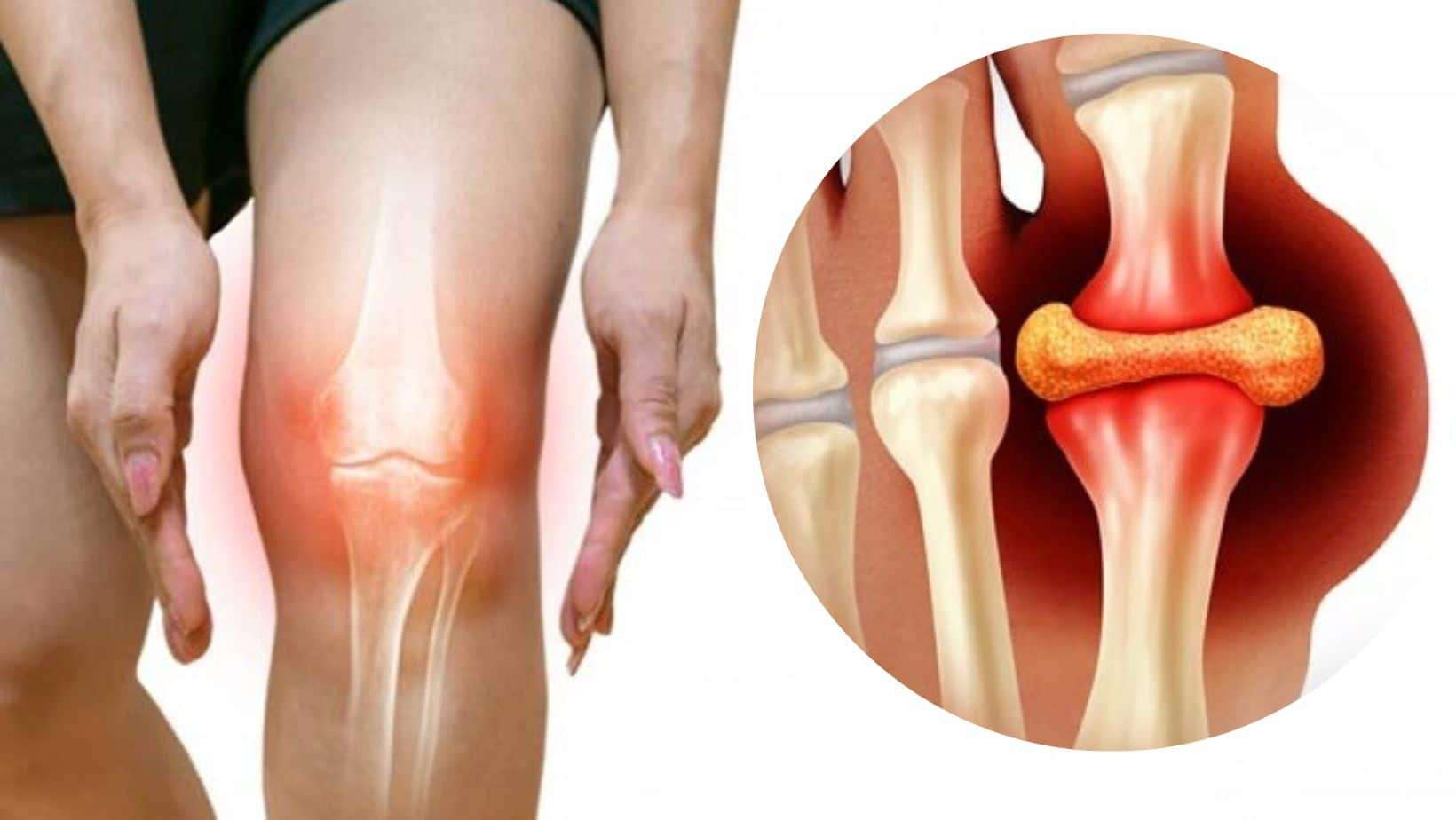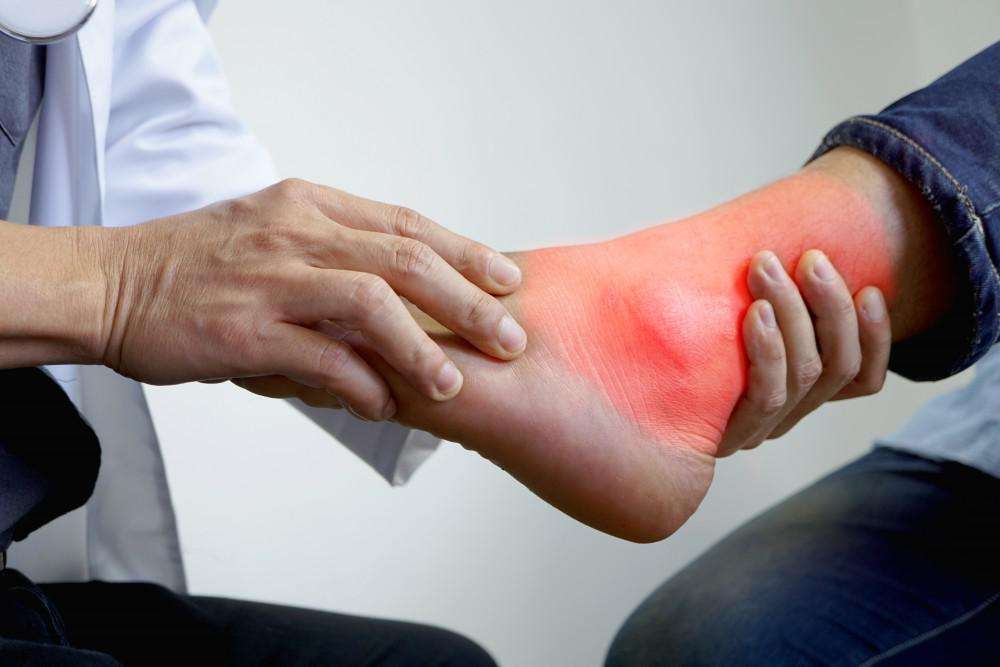Title: Understanding Uric Acid: Signs, Symptoms, Causes, Risk Factors, Diagnosis, Prevention, Diet, Lifestyle, and Homoeopathic Treatment
Introduction:
Uric acid is a natural waste product formed in the body during the breakdown of purines, which are substances found in certain foods and cells. When the levels of uric acid become elevated, it can lead to health issues such as gout and kidney stones. Understanding the signs, symptoms, causes, risk factors, diagnosis methods, prevention strategies, diet and lifestyle considerations, as well as the potential role of homoeopathic treatment, can help effectively manage uric acid-related conditions. In this blog post, we will explore the key aspects of uric acid and its holistic approach to treatment.
Signs and Symptoms of Elevated Uric Acid Levels:
1. Gout:
- Sudden and severe joint pain, often affecting the big toe.
- Swelling, redness, and tenderness in the affected joint.
- Limited range of motion and difficulty walking.
2. Kidney Stones:
- Severe pain in the back or side, below the ribs.
- Blood in the urine.
- Frequent urination and urgency.
- Cloudy or foul-smelling urine.
Common Causes of Elevated Uric Acid Levels:
1. Diet:
- Consuming foods high in purines, such as organ meats, seafood, red meat, and certain alcoholic beverages.
- Fructose-rich beverages like sugary sodas and fruit juices.
2. Medical Conditions:
- Metabolic syndrome.
- Kidney disease.
- Hypothyroidism.
- Certain cancers and chemotherapy.
3. Medications:
- Diuretics.
- Aspirin.
- Niacin.
Risk Factors for Elevated Uric Acid Levels:
1. Family History: Having a family history of gout or kidney stones increases the risk.
2. Gender: Men are more likely to develop gout compared to women.
3. Age: The risk increases with age.
4. Obesity: Excess body weight can contribute to higher uric acid levels.
5. Certain Health Conditions: Hypertension, diabetes, and heart disease increase the risk.
Diagnosis of Elevated Uric Acid Levels:
1. Blood Test: Measures the levels of uric acid in the blood.
2. Imaging Tests: X-rays or ultrasounds may be performed to detect kidney stones or joint damage.
Prevention Strategies, Diet, and Lifestyle Considerations:
1. Stay Hydrated: Drink plenty of water to help flush out uric acid from the body.
2. Limit Purine-Rich Foods: Reduce the consumption of organ meats, seafood, red meat, and alcohol.
3. Eat a Balanced Diet: Emphasize whole grains, fruits, vegetables, low-fat dairy products, and lean proteins.
4. Moderate Alcohol Consumption: Limit alcohol intake, especially beer and liquor, as they can increase uric acid levels.
5. Maintain a Healthy Weight: Aim for a healthy body weight through regular exercise and a balanced diet.
Homoeopathic Treatment for Elevated Uric Acid Levels:
Homoeopathic treatment aims to address the underlying causes, reduce symptoms, and balance uric acid levels in the body. Some commonly used homoeopathic remedies for uric acid-related conditions include:
1. Benzoic acid: Indicated for gout with offensive urine and joint pain.
2. Colchicum: Useful for gout with severe joint pain, inflammation, and sensitivity to touch.
3. Ledum palustre: Recommended for gout affecting the small joints, especially the big toe.
It is important to consult a qualified homoeopathic practitioner for an accurate diagnosis and individualized treatment plan based on your specific symptoms and overall health.
Conclusion:
Elevated uric acid levels can lead to gout and kidney stones, causing significant discomfort and health complications. By understanding the signs, symptoms, causes, risk factors, prevention strategies, diet and lifestyle considerations, and considering homoeopathic treatment as a complementary approach, individuals can effectively manage uric acid-related conditions and improve their overall well-being. Always consult healthcare professionals for an accurate diagnosis and to create a comprehensive treatment plan tailored to your specific needs.




Leave a Message